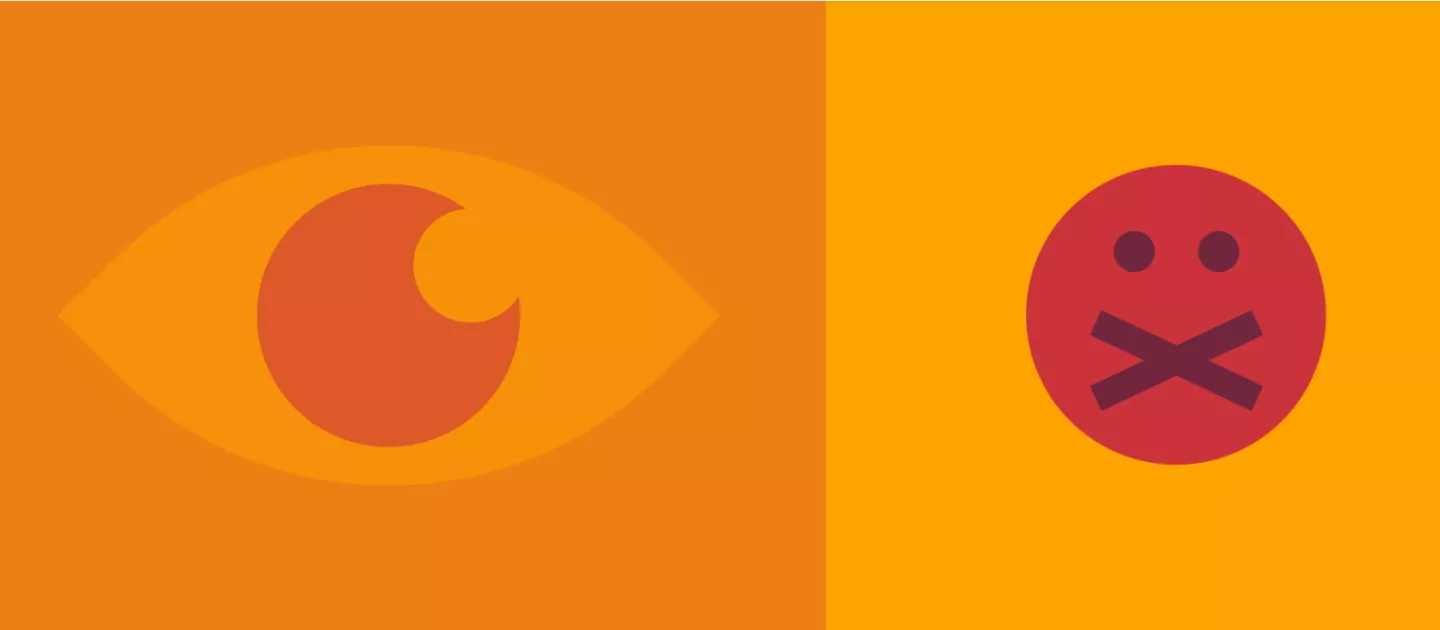This section explores how trans and gender diverse young people experience silence and invisibility. In the first instance, please watch the video conversation between Jamie and Vanessa about visibility.
This section also contains key findings from research, impactful quotes from young people, starting points to think about what you can do as well as resources for further study. Please navigate through this section and complete the corresponding worksheet in the workbook.
[The teachers] wouldn't discuss LGBT people at all, but especially not trans people.
(Esme, Age 17)

Research
Trans and gender diverse youth described:
- a lack of open and frank conversation about gender identity and gender expression
- a lack of visible representation of gender diverse people
Some of the effects of this were:
- a lack of self-confidence and an internalised sense of shame
- feeling unaccepted
- fearful about discussing their gender identity and seeking support
- anxiety about being ‘outed’
Experiencing marginalisation in post-primary schools has been shown to lead trans and gender diverse youth to:
- Feel stigmatised, and invisible (Kjaran and Jóhannesson, 2015)
- Feel isolated and have low self-esteem (Rivers et al, 2018)
- Make it more difficult for them to navigate their gender identity and discuss it with others (see Austin, 2016)
Open discussion about gender identity in schools can:
- provide trans and gender diverse youth with a liberating sense of validation and acceptance (Shelton and Lester, 2018)
'Cause it feels like, if you are LGBT, then you're wrong, or crazy, or there's something wrong with you, you know? And it's not them that's saying that, but it's like, because it's never discussed, it's kind of alienated, in a way. So I just, I think it's terrible, that it's never discussed. It makes it worse for people who are LGBT, or they find out they are, and they're like, "Well, now I have to hide this for the next five years." You know? It just really upsets me.
(Dee, Age 16)
What you can do
- Co-construct a gender identity and gender expression policy as a stand-alone policy or as part of your school’s equality & diversity policy. A sample school gender identity policy is available here
- Presume that trans and gender diverse people are part of your school community and work to change the informal aspects of schools so that they are inclusive of everyone
- Be open to discussing gender identity and gender expression
- Work to increase representation of gender diverse people within the school environment
- Contact TENI or your local LGBTQI+ group for posters and information leaflets for your school
Resources
Next steps
Complete ‘Worksheet 3: Silence and Invisibility’ and then continue to Section 4: Uniforms
